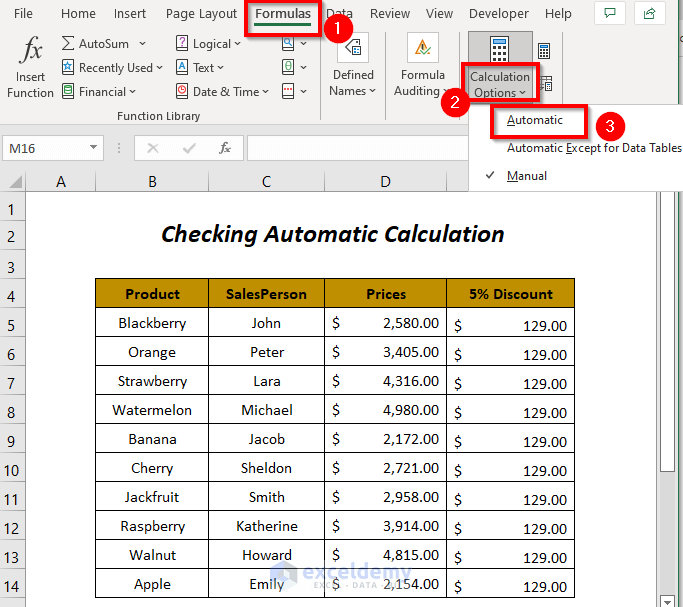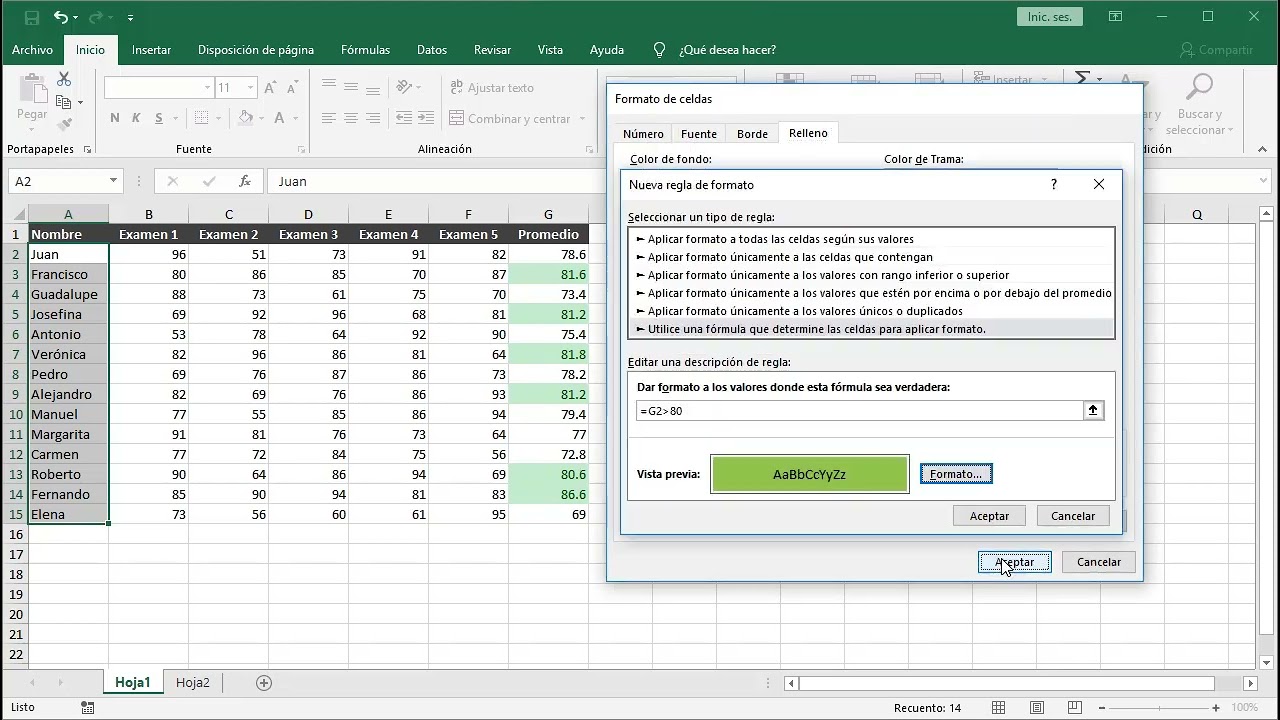Troubleshooting 3 Tips for etcdctl Snapshot Errors
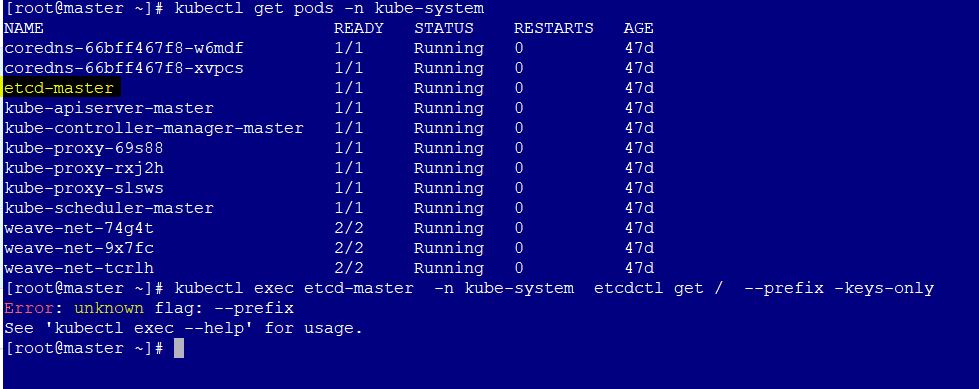
etcdctl is a command-line tool that enables users to interact with etcd, a distributed key-value store that forms the backbone of many critical systems, including Kubernetes. Snapshotting is a vital operation in etcd, as it captures the current state of the data and ensures data recovery and consistency. When etcdctl snapshot errors occur, it can lead to disruptions in system operations and data integrity issues. This comprehensive guide aims to provide expert-level insights and practical tips to troubleshoot and resolve common etcdctl snapshot errors.
Understanding etcdctl Snapshot Errors

Etcdctl snapshot errors can arise due to various factors, including network issues, storage problems, or even misconfigurations. These errors can manifest in different ways, such as timeout errors, connection refusals, or invalid snapshot file issues. Understanding the root cause of these errors is crucial for effective troubleshooting.
One of the primary causes of etcdctl snapshot errors is connectivity-related issues. Etcd, being a distributed system, relies on network connectivity for its operations. If there are network disruptions or misconfigurations, it can lead to snapshot errors. Additionally, storage-related problems, such as disk space issues or permissions errors, can also trigger snapshot failures.
Tip 1: Check Network Connectivity and Configuration
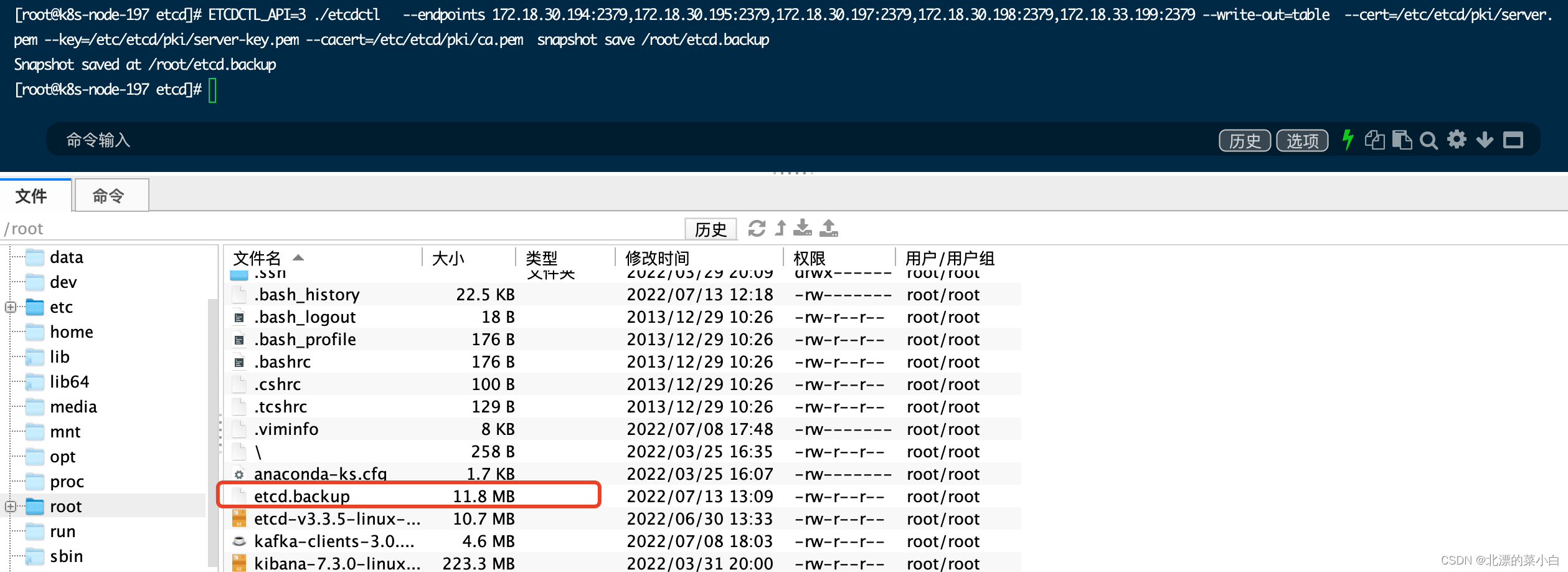
When encountering etcdctl snapshot errors, the first step should always be to verify network connectivity. Ensure that the etcd cluster and the client machine are properly connected and that there are no network-related issues. Use tools like ping and traceroute to diagnose network problems. Check for any firewall or network security settings that might be blocking the necessary ports or IP addresses.
Moreover, review the etcd cluster's configuration. Ensure that the client machine has the correct endpoint and credentials to access the etcd cluster. Misconfigurations in the etcd cluster's settings, such as incorrect URLs or authentication details, can lead to snapshot errors. Always refer to the etcd documentation for the latest best practices and configuration guidelines.
Example: Troubleshooting Network Connectivity
Imagine a scenario where an etcdctl snapshot error occurs, and the error message indicates a connection refusal. In this case, the first step would be to verify the network connectivity between the client machine and the etcd cluster. Use ping to check if the etcd cluster’s IP address is reachable. If the ping fails, it indicates a network-level issue that needs to be resolved.
Additionally, check the etcd cluster's configuration files for any misconfigurations. Ensure that the endpoints and credentials are correctly specified and match the etcd cluster's actual settings. By addressing network connectivity and configuration issues, many etcdctl snapshot errors can be resolved promptly.
Tip 2: Verify Storage Space and Permissions
Storage-related issues are another common cause of etcdctl snapshot errors. Ensure that the storage location designated for snapshots has sufficient disk space. Large etcd databases can require significant storage capacity for snapshots, so regularly monitor the available space.
Furthermore, verify that the etcd user or process has the necessary permissions to write snapshots to the designated storage location. Insufficient permissions can lead to snapshot errors. Use tools like chmod or chown to adjust permissions as needed. Ensure that the etcd process has the appropriate read and write access to the snapshot directory.
Example: Resolving Storage Permissions Issue
Consider a situation where an etcdctl snapshot error occurs due to permissions issues. The error message might indicate that the etcd process lacks write permissions to the snapshot directory. To resolve this, log in as the etcd user and use ls -l to check the permissions of the snapshot directory. If the etcd user does not have write permissions, use chmod to grant the necessary access. For example, chmod 775 /path/to/snapshot/directory would grant read, write, and execute permissions to the etcd user and group, while allowing others to read and execute.
Tip 3: Validate Snapshot Integrity and Configuration
Even after addressing network and storage issues, etcdctl snapshot errors might persist due to snapshot integrity or configuration problems. Validate the integrity of the snapshot files by checking their hash values. Etcd provides tools like etcdctl hashkv to verify the hash of a snapshot file against the expected value.
Additionally, review the etcd cluster's configuration and ensure that the snapshot settings are correct. Verify the snapshot interval, retention policies, and any other relevant snapshot-related configurations. Misconfigurations in these settings can lead to snapshot errors. Regularly audit the etcd cluster's configuration to ensure it aligns with the desired snapshot behavior.
Example: Snapshot Integrity Verification
Suppose an etcdctl snapshot error occurs, and the error message suggests a corrupted snapshot file. In such a case, use etcdctl hashkv to calculate the hash of the snapshot file. Compare this hash with the expected hash value, which can be obtained from the etcd cluster’s configuration or documentation. If the hashes do not match, it indicates a corrupted snapshot file that needs to be regenerated.
Advanced Troubleshooting Techniques
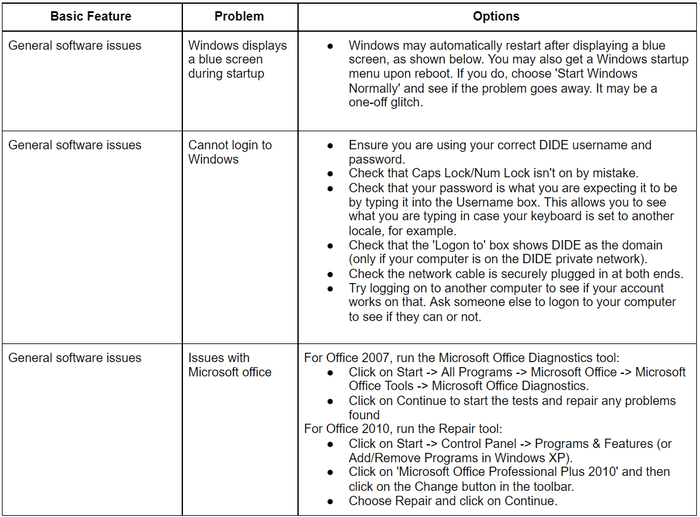
In addition to the above tips, there are advanced troubleshooting techniques that can help resolve complex etcdctl snapshot errors. These techniques include:
- Log Analysis: Analyze the etcd cluster's logs for any relevant error messages or warnings. Etcd logs can provide valuable insights into the root cause of snapshot errors.
- Etcd Diagnostics: Utilize etcd's built-in diagnostic tools, such as etcdctl debug, to gather detailed information about the cluster's state and performance.
- Cluster Health Checks: Perform comprehensive health checks on the etcd cluster using tools like etcdctl endpoint health to identify any unhealthy members or network issues.
- Snapshot Regeneration: In some cases, regenerating the snapshot by restarting the etcd cluster or forcing a new snapshot can resolve persistent snapshot errors.
Conclusion
Etcdctl snapshot errors can be complex and frustrating, but with a systematic troubleshooting approach, they can be effectively resolved. By understanding the potential causes, such as network connectivity, storage issues, and configuration problems, administrators can take targeted actions to address these errors. This guide has provided expert-level insights and practical tips to help troubleshoot and resolve etcdctl snapshot errors, ensuring the smooth operation and data integrity of etcd-based systems.
Frequently Asked Questions
Q: How often should I perform etcdctl snapshots?
+The frequency of etcdctl snapshots depends on your specific use case and data consistency requirements. As a general guideline, it is recommended to perform snapshots regularly, such as daily or hourly, to ensure data recovery capabilities. However, the snapshot interval should be balanced with the available storage space and network bandwidth to avoid performance degradation.
Q: Can I restore an etcd cluster from a snapshot?
+Yes, etcd snapshots can be used to restore an etcd cluster to a previous state. The restoration process involves stopping the etcd cluster, replacing the existing data with the snapshot, and restarting the cluster. This can be a powerful tool for data recovery and disaster recovery scenarios.
Q: What are some best practices for etcd snapshot retention?
+When it comes to etcd snapshot retention, it is important to strike a balance between data recovery capabilities and storage management. It is recommended to retain snapshots for a period that aligns with your data retention policies and disaster recovery plans. Regularly review and prune old snapshots to manage storage space effectively.

